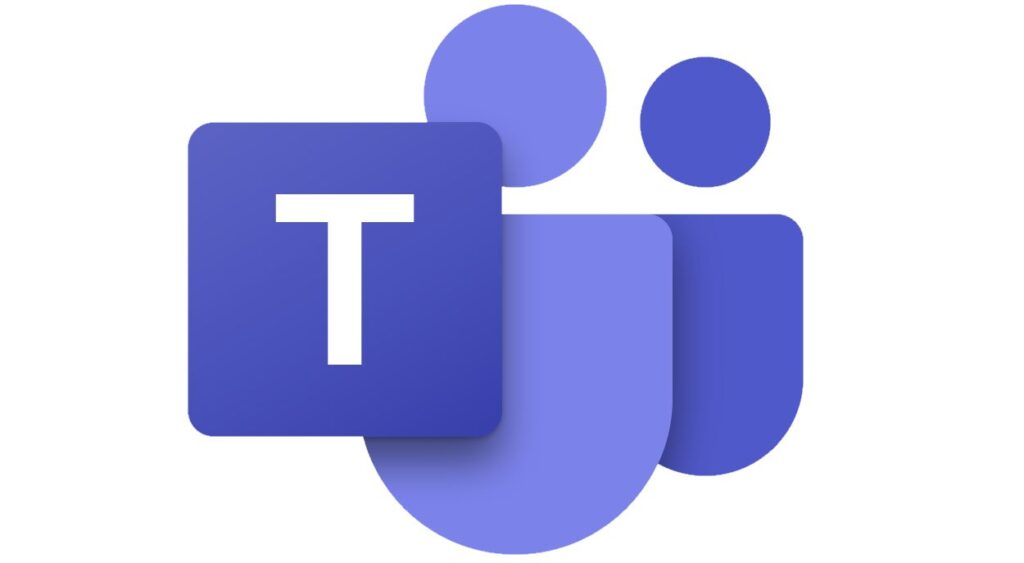Today in this post we will discuss intranet and Microsoft teams. You can see why this question might come up if you are currently using Teams in your organization. Maybe your company uses a traditional one normally in the form of a website inside the company or it doesn’t have an Intranet.
Features You Get in Intranets and Teams
Many features you might find in a traditional Intranet are present within Teams as well. Features such as social feeds for collaborating on various topics, file sharing and collaboration, common links to applications or websites, access to calendars, and more are common between the two.
Does it mean that Teams can replace or function as an organization’s Intranet? The response is ‘it depends.
What you can do in Microsoft Teams:
- Real-time collaboration & co-authoring
- Chat-based communication
- Intelligent bot frameworks
- Video meetings

Teams act as your multi-person collaboration hub. Here you may chat one-to-one or one-to-many. You can also create small groups, depending on projects or departments, and can form dedicated channels. Additionally, it’s the home of video calls and meetings.
Microsoft Teams enables workers to collaborate in more ways than one beyond video conferencing and chat. They can now use multiple services, such as SharePoint, Visio, OneDrive, and planner, everything in Teams. Even apps can be embedded and immersed in the Teams interface.
Some other services available in Teams that are being powered behind the scenes are Flow for Automation, Stream for video, Power Apps for Intelligent Apps, and Exchange for conversations. One example is document libraries, which are being powered in the back end by SharePoint.
Employees can now edit, share and manage documents in real-time. There is no need for cross-organizational teams to leave the platform as they can work together on the same document, at the same time. For small team collaboration thus it is instant and perfect. The latest Microsoft innovation around Flow, Power BI, and Power Apps can also be availed from Teams.
A better alignment is created internally as everyone has to go to the same place to work and collaborate and this’s especially great about Teams. But some cons are that Teams can’t do everything. Currently, it does not offer the search functionality, its ‘announcements’ feature isn’t as good as SharePoint’s, and it is not the best choice for group-wide communications or brand building.

What intranets are good for
Intranets, built on SharePoint, hold their own, and here’s what you can do within an intranet:
- News
- Structured data
- Web pages
- Search
The intranet is where your company can share its mission, values, and vision as well and set out your objectives and goals. Moreover, the latest company news and stories about successes can be shared across all employees of the organization.
Information in Intranet is now structured and searchable and content may be personalized, tailored, and relevant to each user. This means tools like quick links and newsfeeds can give the user all the data they need to do their job efficiently, under one roof. Employees are effectively connected to the people, the files, and the departments that help them to do their jobs with the use of intranets. They allow staff to self-serve – to find solutions and answers to their questions in an easy and fast way.
Why you need both Intranets and Microsoft Teams
Your employees are going to need access to both Microsoft Teams and your intranet in reality to create a seamless and efficient working environment. The Home Site for Teams will bring the full-fledged Microsoft teams intranet SharePoint experience directly into Teams so that users can conveniently access organizational news and resources across the intranet without leaving the Teams hub.